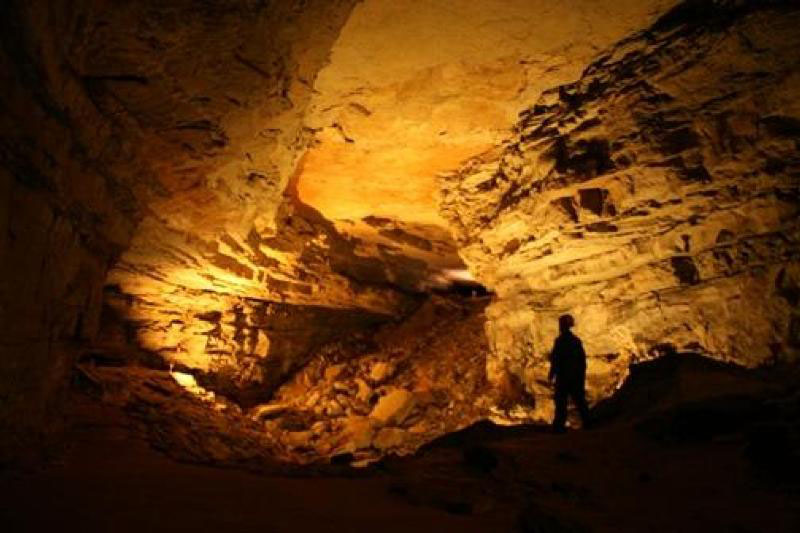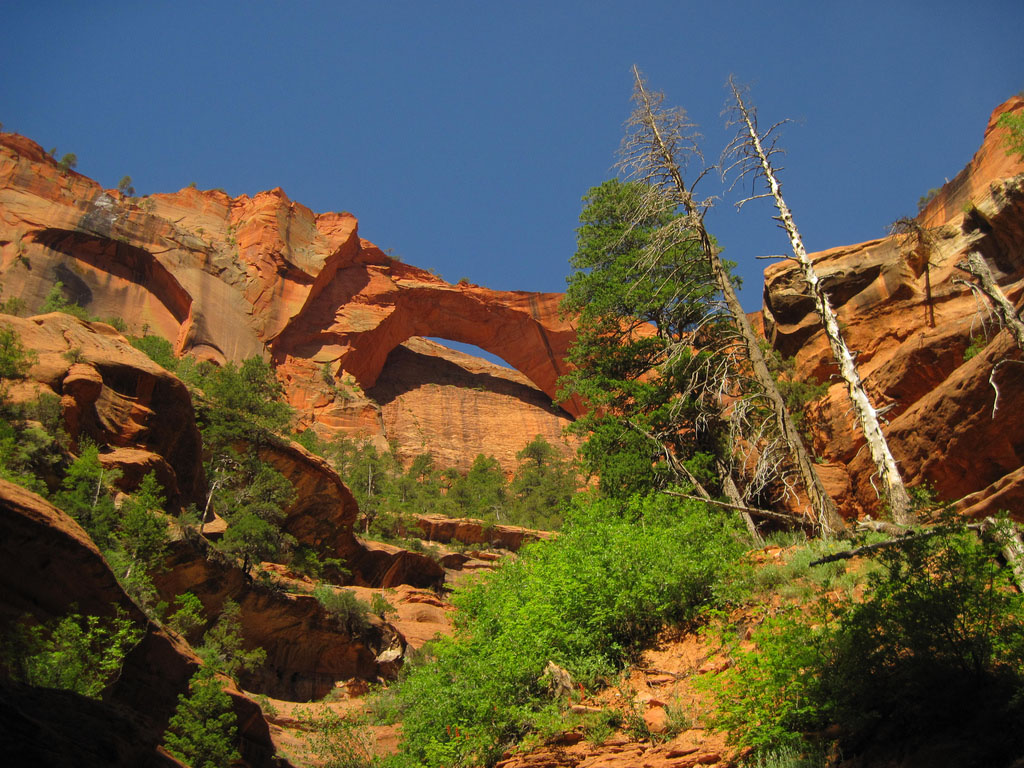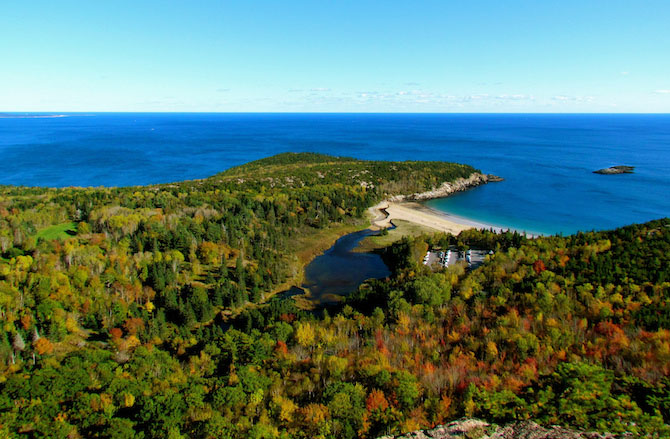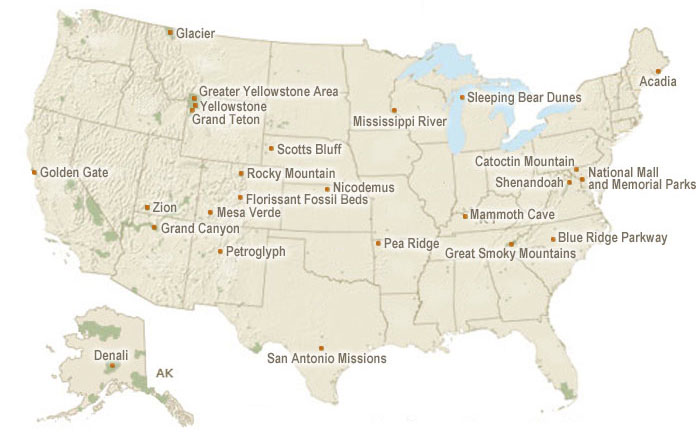The naturalist John Muir once wrote, “Everybody needs beauty as well as bread, places to play in and pray in, where nature may heal and give strength to body and soul alike.” That may explain why more than 270 million visitors flocked to U.S. National Parks in 2013. All those people mean plenty of cars, though, so the Department of Energy’s Clean Cities program is working to protect our parks from pollution by finding ways to support and promote clean and alternative fuel usage within their boundaries.
The Clean Cities National Parks Initiative helps visitors learn about ways they can reduce their reliance on petroleum and funds projects that help the parks lead by example. Many of the parks will be educating visitors on idle-reduction and switching out gas-powered vehicles for more sustainable alternatives. Here are five National Parks that are doing exceptional work to keep down vehicle emissions and stay beautiful.
1. Glacier National Park, Montana
America’s only national park in two countries (we share it with Canada), Montana’s Glacier National Park (shown above) is way ahead of the game when it comes to eco-friendly vehicles: Its 1930s-era Red Bus fleet of 33 vehicles was converted to clean-burning propane over a decade ago, and since 2007, biodiesel shuttles have provided a free alternative to personal cars for visitors who want to experience the scenic Going-to-the-Sun Road while minimizing their carbon footprint.

2. Mammoth Cave National Park, Kentucky
With more than 400 miles of explored cave passage and counting, this park in Kentucky preserves the longest known cave system on the planet (hence the “Mammoth” in its name - no prehistoric elephants here, though it is home to the endangered eyeless cave shrimp). Mammoth Cave National Park boasts a vehicle fleet that runs just on alternative fuels and will be working with Clean Cities to bring in four school buses and two trucks powered by propane, as well as one electric utility vehicle. (Photo: NPS)

3. Zion National Park, Utah
Famous for its red sandstone cliffs, canyons and arches, including the Kolob Arch which is one of the largest freestanding arches in the world, Zion National Park in Utah implemented propane-powered shuttles way back in 2000. This has reduced traffic as well as cut 5 million pounds of carbon dioxide emissions each year, since cars aren’t allowed to drive through the popular Zion Canyon from April through September. Now the park is replacing three gas-powered vehicles with electrics and hybrid-electrics, as well as installing 10 electric vehicle charging stations (with five of those for visitor use). (Photo: NPS / Rendall Seely)

4. Acadia National Park, Maine
This park in Maine was the first national park established in the East and home to Cadillac Mountain, the tallest mountain on the country’s eastern coast. Acadia National Park’s Island Explorer shuttle system provides a free, propane-powered transportation option from summer through mid-fall which also connects surrounding communities and the local airport, making it possible for visitors to be completely car-free. The park will be swapping eight gas-powered vehicles for alternative/fuel-efficient ones, and installing two electric vehicle charging stations usable by visitors. (Photo: Jeff Gunn via Flickr)
 5. Catoctin Mountain Park, Maryland
5. Catoctin Mountain Park, Maryland
Just an hour outside the nation’s capitol, Catoctin National Park in Maryland houses the famous presidential retreat known as Camp David, which was initially dubbed Shangri-la by President Franklin Delano Roosevelt. Catoctin is no stranger to eco-minded projects: Before becoming a national park in the 1930s, logging had wiped out much of the old-growth forest in Catoctin, but the planting of 5,000 trees by the Civilian Conservation Corps led to regeneration. Now the park will focus on swapping in two hybrid-electric vehicles for older gas-powered ones and installing three EV-charging stations for park and visitor use, as well as replacing four gas lawnmowers with propane-powered ones. (Photo: Rob Pongsajapan via Flickr)
These parks aren’t alone. Here’s a map of all the National Parks with Clean Cities programs across the country.

If you’re planning to visit one of these national treasures, be sure to check out—and utilize—their clean transportation options. What better place to reflect on the future of clean transportation than one of our majestic national parks!
Sepideh Saremi
Sustainable America Contributor
RELATED ARTICLES
5 Amazing Things You Won’t Believe Run on Biofuels
How Green Is Your Airline?
5 Alt-Fuel Vehicles We Liked at the New York Auto Show
